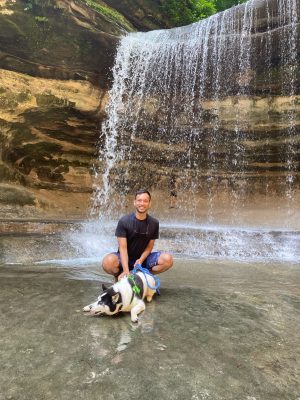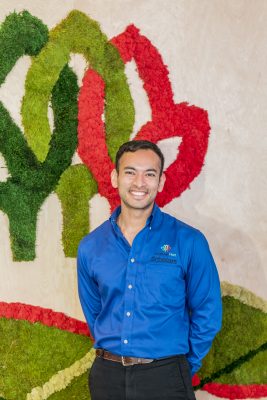Hello everyone!
My name is Sydney Seldon, and I’m a sophomore at UConn. I am pursuing a degree in Environmental Science and plan to double major in Environmental Policy as an individualized major. Avenues prioritizing collective action and community engagement have guided the opportunities I seek, and my role as a Difference Maker Mentor for the NRCA is no exception!
As the name suggests, being a DMM has provided me invaluable experience working with students as we aim to make a genuine difference in their communities. I’ve learned so much and am thrilled to continue with the NRCA and this nature of work for the rest of my life.
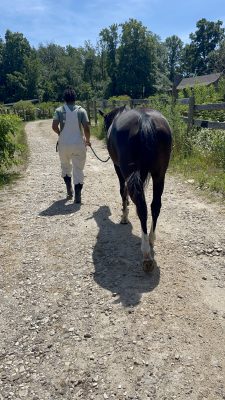
If I were to have a “Mission Statement,” it would be that we all have the opportunity to make a difference in the environments we occupy regardless of the many worldly injustices present or our own individual weaknesses. That’s the beauty of collective action! Despite how weak or inadequate each of us may feel individually or how oppressed we may be, when we create spaces for engaging conversations, nurture those relationships, and collaborate to advance towards a shared goal, genuine change (for the better) is possible and inevitable! Regardless of the corruption that exists in the world, I plan to utilize every ounce of the privilege I have to make the world a better place for my current and future co-inhabitants.
This internal compass has guided me to become involved in various opportunities with different clubs and organizations that UConn provides, including (but not limited to) going on a mission trip to install water filters in Costa Rica, studying abroad in Italy, and most recently becoming an intern at the Office of Sustainability.
When I’m not in class or the office, you’ll often find me relaxing or hiking outside, working out in the Recreation Center, or reading spiritual text. I enjoy volunteering, thrift shopping, and playing the ukulele in my free time. I also have a minor obsession with kombucha, sweet potato fries, and Ben & Jerry’s strawberry cheesecake ice cream.
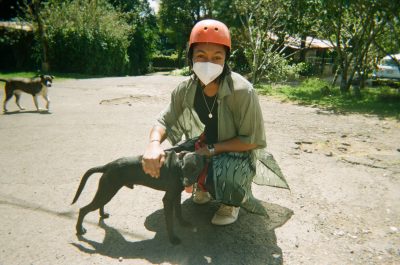
I’ll end this post with my favorite quote. I hope these words not only inspire you, as they have me but prompt you to truly become the change you want to see.
“We but mirror the world. All the tendencies present in the outer world are to be found in the world of our body. If we could change ourselves, the tendencies in the world would also change. As a man changes his own nature, so does the attitude of the world change towards him.” -Gandhi.
NRCA’s Difference Maker Mentors (DMM) program are currently supported by a generous 5-year donation from the original private family foundation and from a grant (WAMS-2021-38503-34817) from the USDA Women & Minorities in STEM Fields.
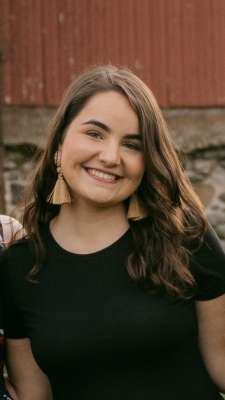
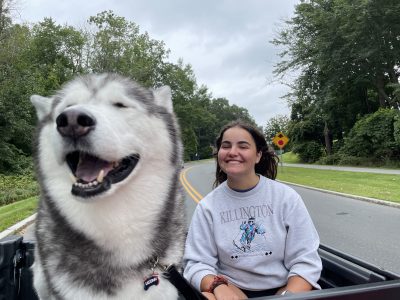 Also at UConn I am the president of the service fraternity Alpha Phi Omega. We’re best known for being in charge of the care of the Jonathans since 1970, which has been an incredible way to experience and serve
Also at UConn I am the president of the service fraternity Alpha Phi Omega. We’re best known for being in charge of the care of the Jonathans since 1970, which has been an incredible way to experience and serve 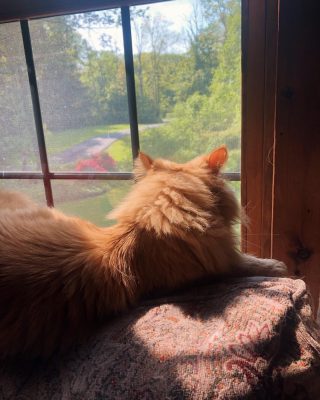 this to say, the common thread underlying each of my interests is certainly grounded in building and participating in my communities. Sharing knowledge to co-create a better world with what we know now is a mission we can all take part in, and I am very excited to be a part of that this year with the Natural Resources Conservation Academy!
this to say, the common thread underlying each of my interests is certainly grounded in building and participating in my communities. Sharing knowledge to co-create a better world with what we know now is a mission we can all take part in, and I am very excited to be a part of that this year with the Natural Resources Conservation Academy!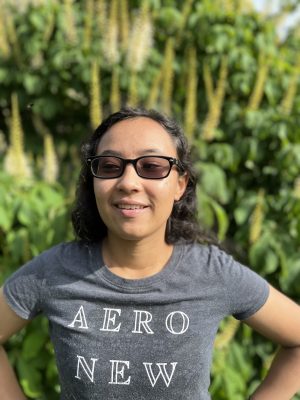
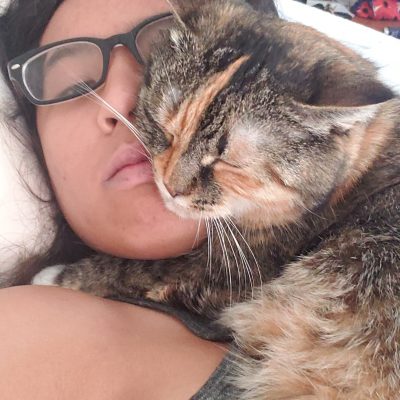 In my free time, I like to sketch, play video games, and spend time with my lovely cat Calypso. I also love to travel. In the past, I’ve had the opportunity to travel to Vietnam, Canada, Mexico, China and Japan, and more recently I’ve traveled to South Africa as part of the UConn study abroad course
In my free time, I like to sketch, play video games, and spend time with my lovely cat Calypso. I also love to travel. In the past, I’ve had the opportunity to travel to Vietnam, Canada, Mexico, China and Japan, and more recently I’ve traveled to South Africa as part of the UConn study abroad course 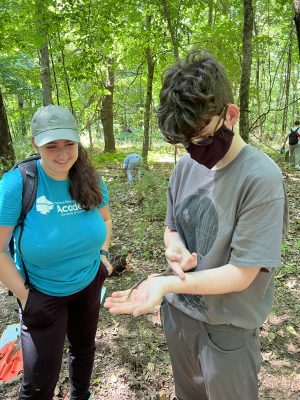 My internship at the Natural Resources Conservation Academy through
My internship at the Natural Resources Conservation Academy through 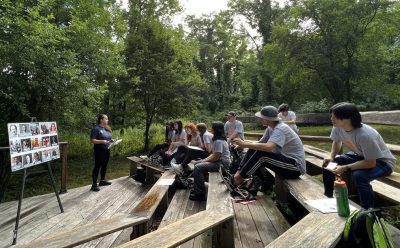 rising senior at UConn is figuring out my career and education path. Coming into this internship I hoped to get a better understanding of my goals. I believe that this program allowed me to better understand myself and the interests I’d like to pursue. My desire to work in an environmental field has solidified as a result of this internship. I also realized I thoroughly enjoy environmental education as a whole, and working with high school students to inspire them to pursue their passions is also very important to me.
rising senior at UConn is figuring out my career and education path. Coming into this internship I hoped to get a better understanding of my goals. I believe that this program allowed me to better understand myself and the interests I’d like to pursue. My desire to work in an environmental field has solidified as a result of this internship. I also realized I thoroughly enjoy environmental education as a whole, and working with high school students to inspire them to pursue their passions is also very important to me.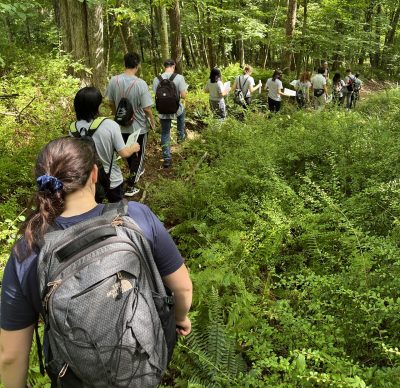 Particularly, I think that my communication skills really flourished over the summer. Not only did I have to communicate with mentors and other NRCA interns to create and plan educational activities, I also had to be a better communicator with students. Being able to talk to students about their interests and goals taught me a lot about how to best ensure that they are engaged and reaching their full potential in the course and beyond.
Particularly, I think that my communication skills really flourished over the summer. Not only did I have to communicate with mentors and other NRCA interns to create and plan educational activities, I also had to be a better communicator with students. Being able to talk to students about their interests and goals taught me a lot about how to best ensure that they are engaged and reaching their full potential in the course and beyond.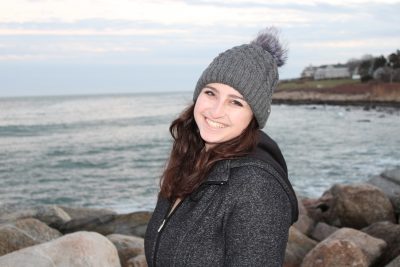 Hi! I’m Abby Bar, and I am a rising senior here at UConn. I am currently pursuing a dual degree in
Hi! I’m Abby Bar, and I am a rising senior here at UConn. I am currently pursuing a dual degree in 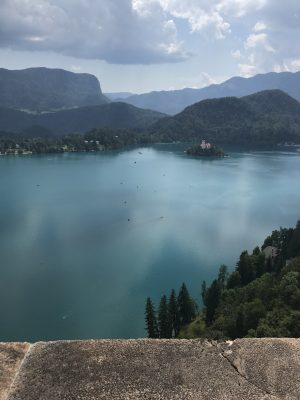
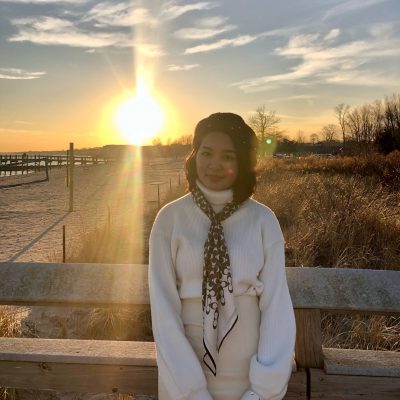 My name is Chelcy Htoo, and I am a
My name is Chelcy Htoo, and I am a 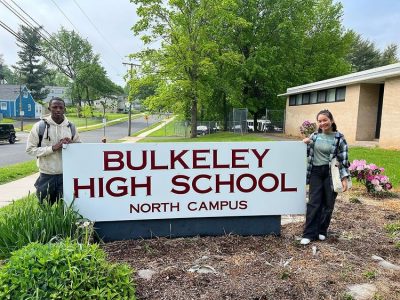
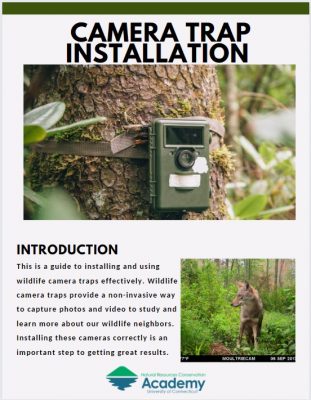
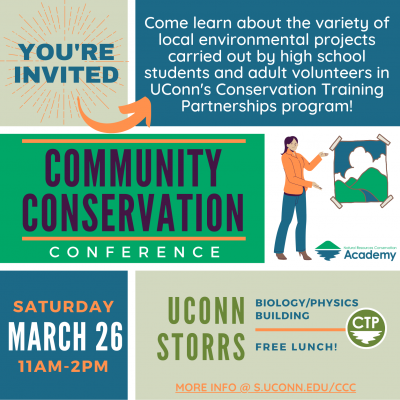 The NRCA’s
The NRCA’s 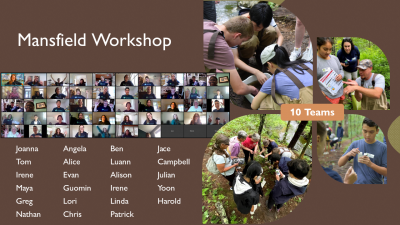
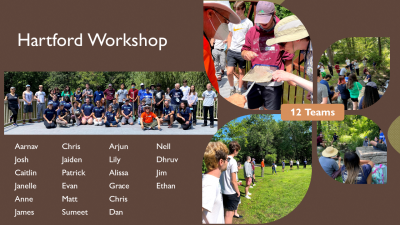
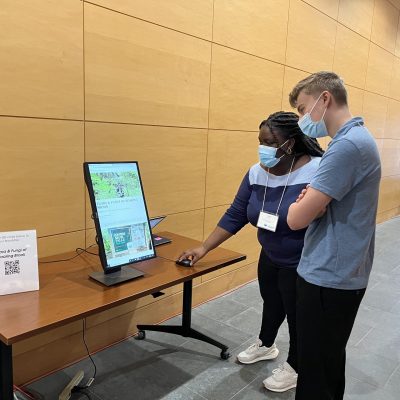
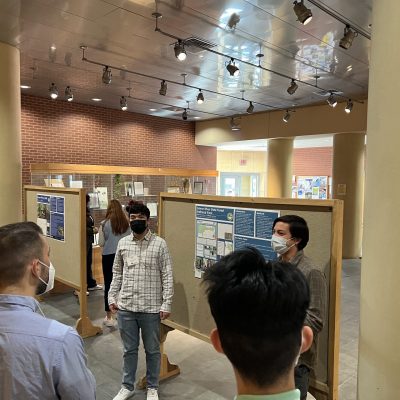
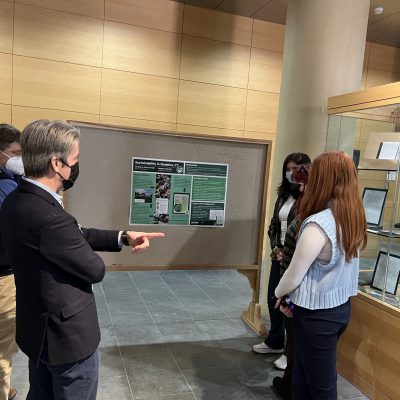
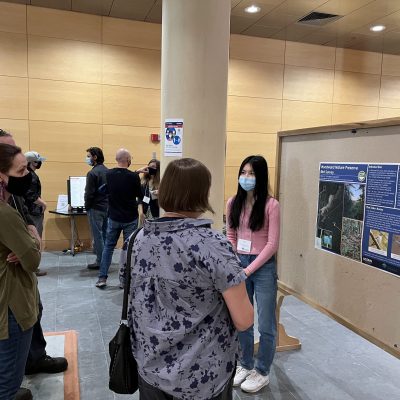
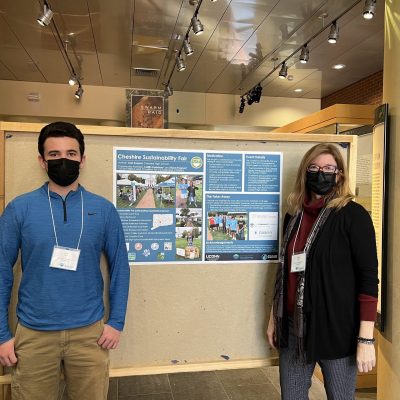
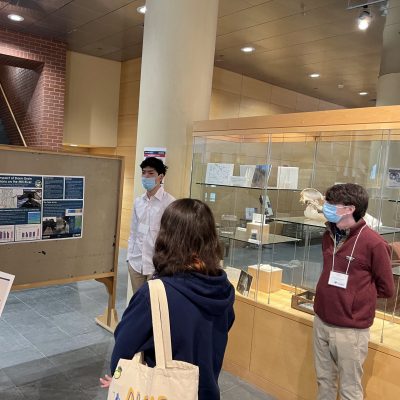
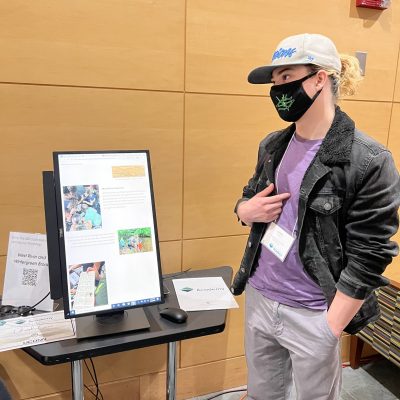
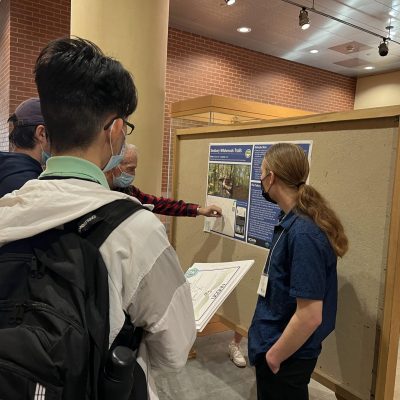
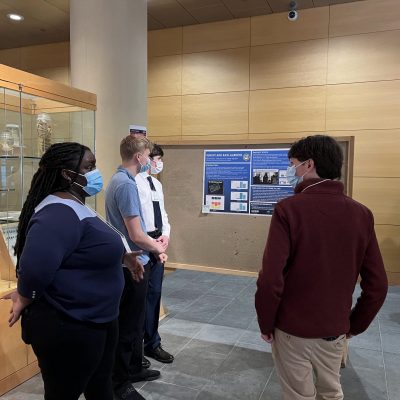
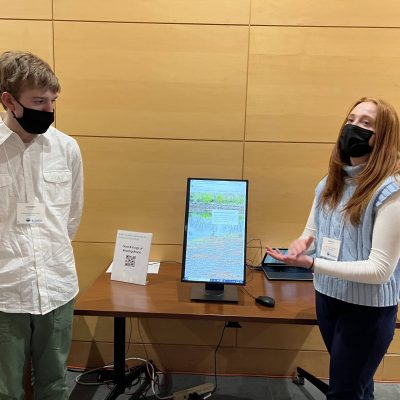
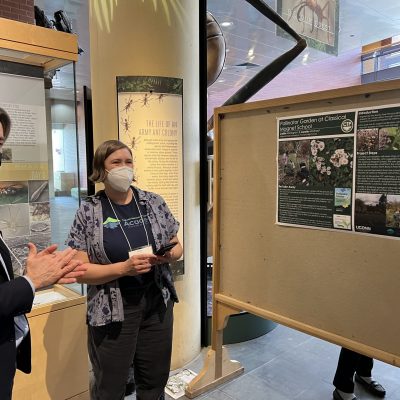
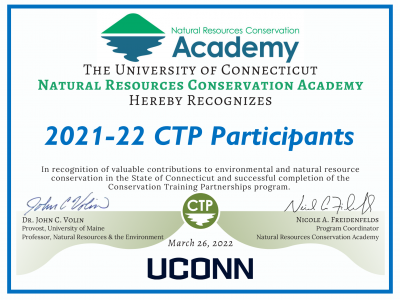
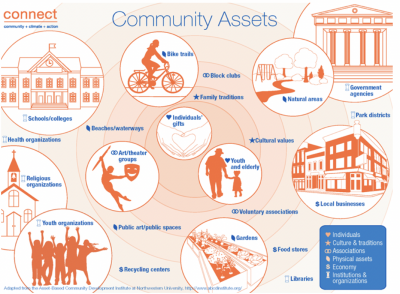
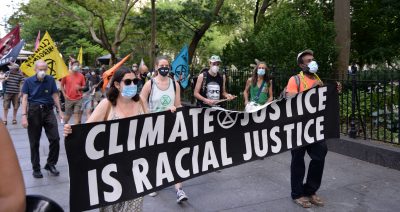
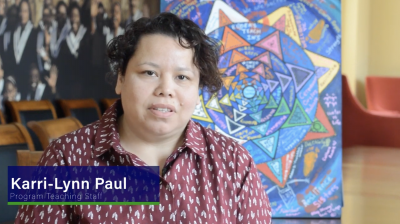
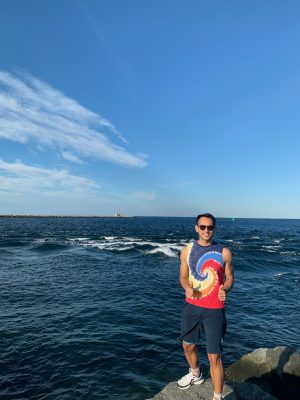 Hey there! My name is
Hey there! My name is 